Nicola Graimes is an experienced health, cookery and food writer. She is the author of over 20 books and winner of the Best Vegetarian Cookbook in the UK in the World Gourmand Awards 2002, and Best Family Cookbook in the UK in the World Gourmand Awards 2004, as well as a finalist in the Le Cordon Bleu World Media Awards in 2007.
By the Same Author
Quick & Easy Low-Sugar Recipes
Lets Bake With Kids
Weekdays, Weight Watchers
The Baby Bible
Feel-Good Foods For Pregnancy
Childrens Healthy & Fun Cookbook
Top 100 Recipes For A Healthy Lunchbox
Simply Cookbook Collection, Weight Watchers
365 Great Wok Recipes
Easy Juicing
Gimme 5
Vegetarian Bible
65 Great Low-Carb Recipes
Lose Weight Now (recipe section)
Brain Foods For Kids
Healing Foods
Wheat, Gluten And Dairy-Free Cookbook
Great Healthy Food For Vegetarian Kids
The Baby & Toddler Meal Planner
The Foods That Heal Cookbook
The Detox Cookbook
Whole Foods
QUICK & EASY LOW-FAT RECIPES
LOSE WEIGHT FEEL GREAT
NICOLA GRAIMES
Contents
FOOD WARNING SYMBOLS
If you or a member of your family is vegetarian or has an allergy to or intolerance of nuts, eggs, seeds, gluten, wheat or dairy products, you will find these symbols, which accompany each recipe, invaluable.
 vegetarian
vegetarian
 contains nuts
contains nuts
 contains eggs
contains eggs
 contains seeds
contains seeds
 contains gluten
contains gluten
 contains wheat
contains wheat
 contains dairy
contains dairy
In addition, the menu plans on pages 24447 give ideas for a weeks worth of meals for wheat- and gluten-free, vegetarian, vegan and nut-free diets.
Notes on the recipes
Please note that metric and imperial measurements are given for the recipes. Follow one set of measures only, not a mixture, as they are not interchangeable.
1 tsp = 5ml 1 tbsp = 15ml 1 cup = 250ml
Unless otherwise stated:
Use medium eggs
Use medium fruit and vegetables
Use fresh herbs
About This Book
We all need fat in our diet. Alongside the many positives that certain types of dietary fat contribute to our health, theres no denying the fact that it also makes food taste good by adding to its flavour, texture and palatability. Fat serves as a carrier for the absorption of fat-soluble vitamins A, D, E and K, and also provides the valuable omega-3 and omega-6 essential fatty acids. Furthermore, it insulates the body and protects some of our internal organs.
Unfortunately, there are also negatives associated with some types of dietary fat. On average, most of us eat around 20 per cent too much saturated fat every day, and this is despite the over-whelming evidence that eating too much saturated fat increases the risk of cardiovascular disease, diabetes, strokes and some forms of cancer, not forgetting weight gain. There is nothing new about this evidence, yet the message still does not appear to be filtering through.
Recent research by the UKs Food Standards Agency confirms that there is still a lot of public confusion about fat, with nearly half of us not fully recognizing that saturated fat is bad for our health, and one in seven people not realizing that reducing intake of saturated fat diminishes the risk of developing coronary heart disease. Also, there is more confusion when it comes to differentiating between those fats that are bad for us and those that are good.
Quick & Easy Low-Fat Recipes aims to redress the balance with its simple, informative guidelines and tips, supported by over 130 nutritious and delicious recipes. Healthy eating and losing weight are not about cutting out fat altogether. In fact, studies have found that extremely low-fat diets are difficult to stick to in the long term, leading to irregular patterns of weight loss and gain. Crucially, its not just about the amount of fat you eat but also about the types of fat.
This is not a diet book; rather it shows you how to make lifetime changes in the way you eat, leading to long-term good health and a steady pattern of weight loss and maintenance. It may be a clich, but its all about eating a varied balance of foods and avoiding those that are processed, which tend to be high in fat, sugar and salt.
READING FOOD LABELS
Most food labels detail the weight of fat, whilst others go one step further, giving separate figures for saturated, monounsaturated and polyunsaturated fats. Some manufacturers in the UK have adopted the traffic-light system, with red indicating a high-fat product, orange medium-fat and green low-fat. However, despite government regulations, labelling on low-fat foods remains confusing, with a range of different terminologies used. Opposite are some of the common terms that are used, plus what they mean.
FAT FIGURES
Fat contains 9 calories per gram (kcal/g) thats more than double the energy of carbohydrates (4kcal/g) and proteins (3.75kcal/g). Since fats are less bulky (hence less filling) than other food groups, its also all too easy to over-indulge in them.
The recommended total fat intake is 2035 per cent of daily calories for adults. In practical terms this means:
WOMEN 2,000 kcals/day total fat intake/day 50g70g (12oz)
SLIMMING DIET 1,500 kcals/day total fat intake/day 4050g (11oz)
MEN 2,500 kcals/day total fat intake/day 70g90g (23oz)
Meanwhile, for children under 3, a total fat intake of 3035 percent is recommended, and for those up to 18 years, its 2535 per cent.
COMMON TERMS AND THEIR MEANING
TERM | MEANING |
High fat | More than 20g/oz fat per 100g/3oz |
High saturated fat | More than 5g/ oz saturated fat per 100g/3oz oz saturated fat per 100g/3oz |
Low fat | Less than 3g/ oz fat per 100g/3oz oz fat per 100g/3oz |
Low saturated fat | Less than 1.5g/ oz saturated fat per 100g/3oz oz saturated fat per 100g/3oz |
Lean (applies to meat and poultry) | Less than 10g/ oz fat per 100g/3oz and less than 4.5g/ oz fat per 100g/3oz and less than 4.5g/ oz saturated fat per 100g/3oz oz saturated fat per 100g/3oz |
Extra lean (applies to meat and poultry) | Less than 5g/ |




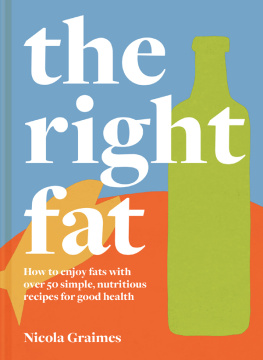
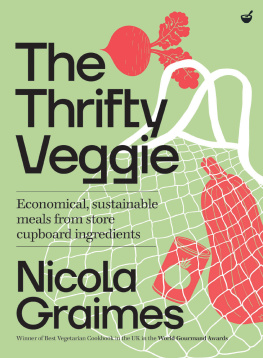
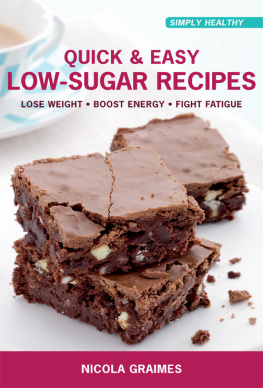

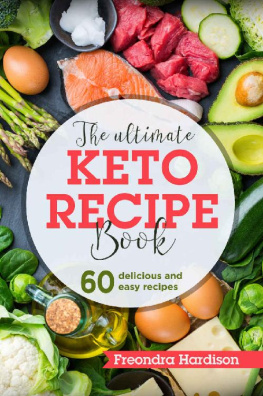

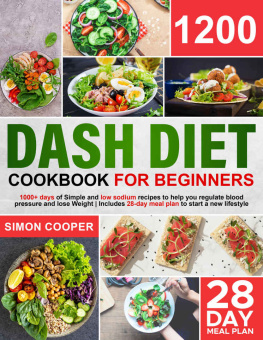

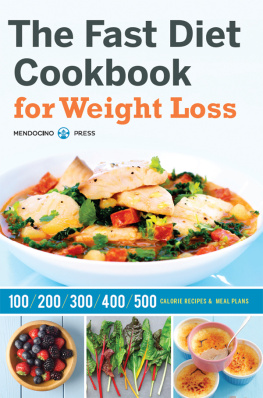
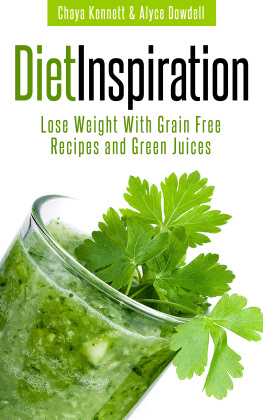
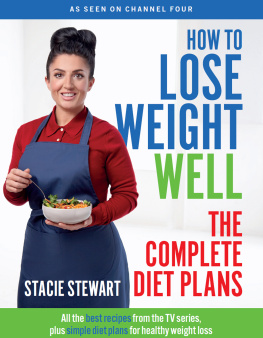

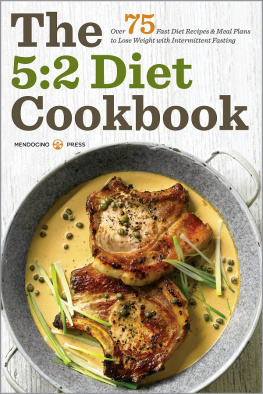
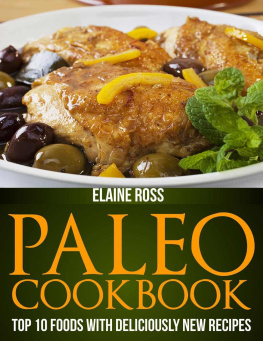


 vegetarian
vegetarian contains nuts
contains nuts contains eggs
contains eggs contains seeds
contains seeds contains gluten
contains gluten contains wheat
contains wheat contains dairy
contains dairy oz saturated fat per 100g/3oz
oz saturated fat per 100g/3oz oz fat per 100g/3oz
oz fat per 100g/3oz oz saturated fat per 100g/3oz
oz saturated fat per 100g/3oz oz fat per 100g/3oz and less than 4.5g/
oz fat per 100g/3oz and less than 4.5g/